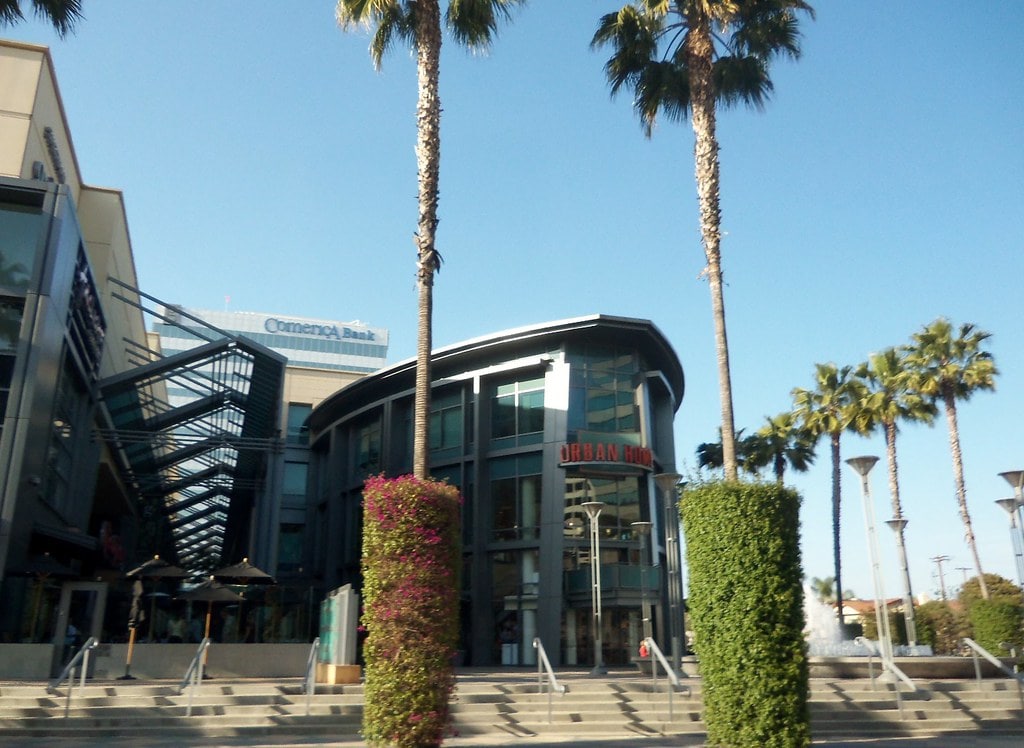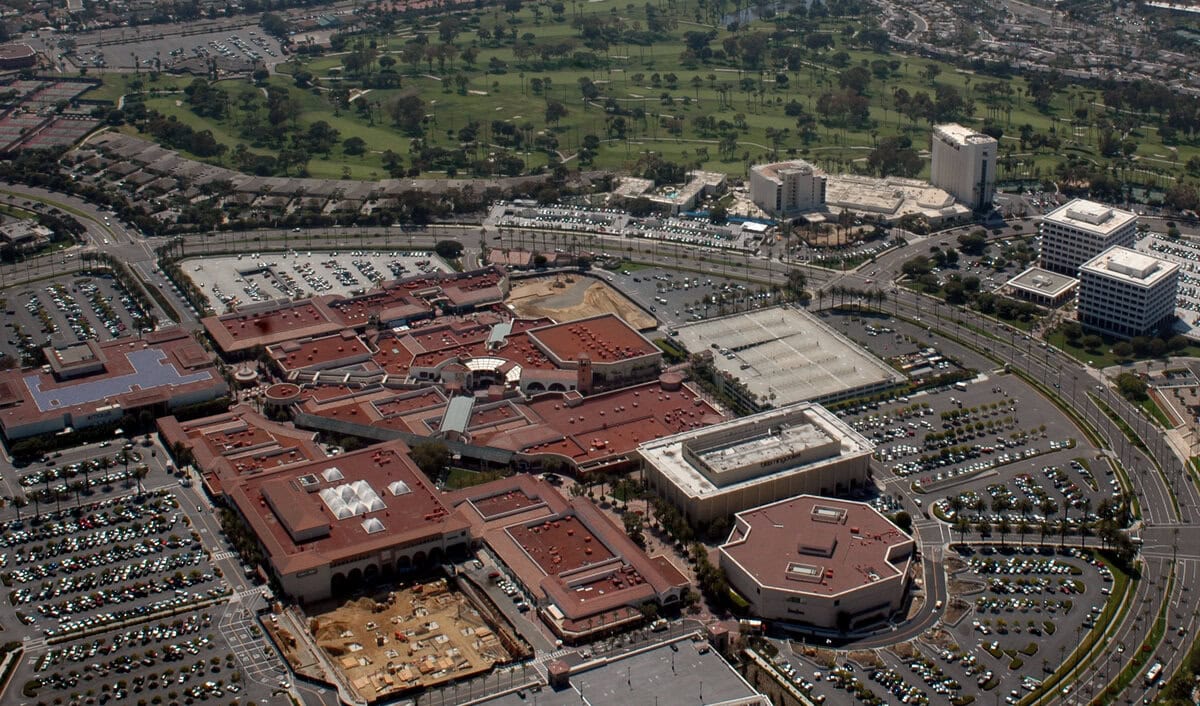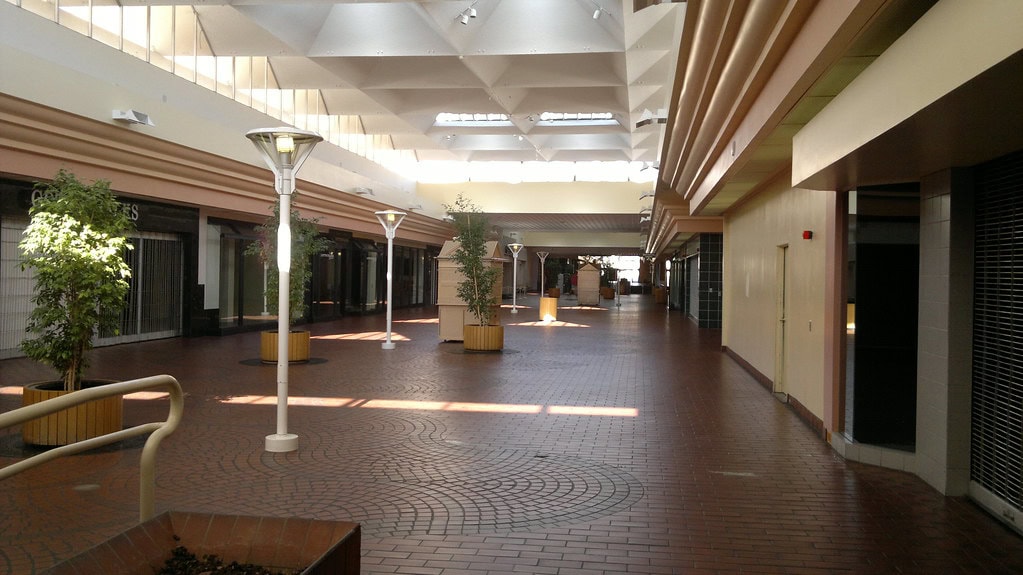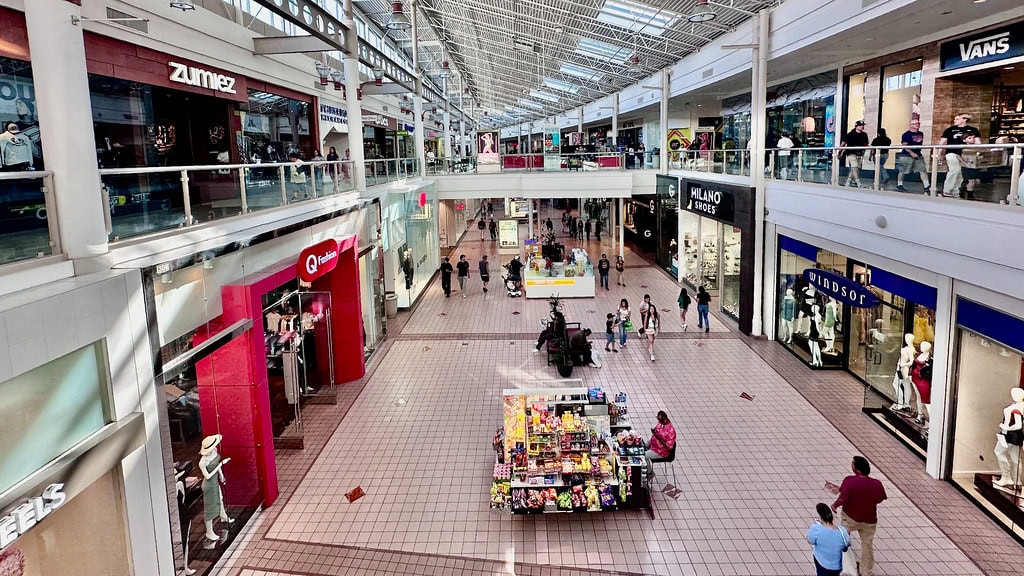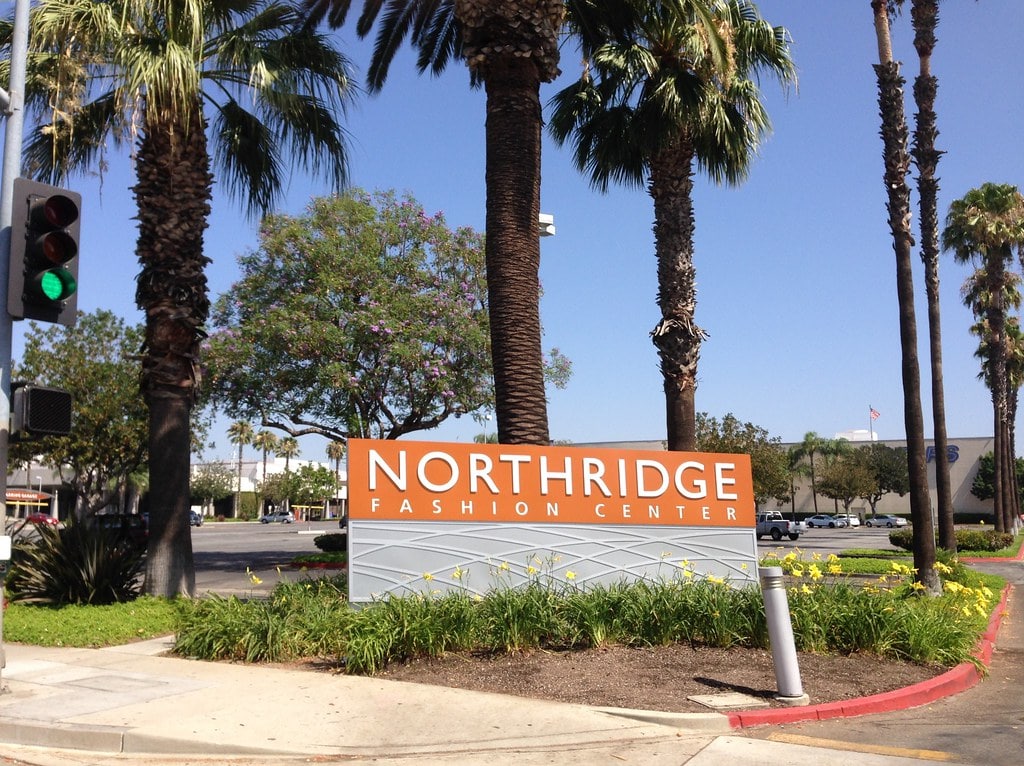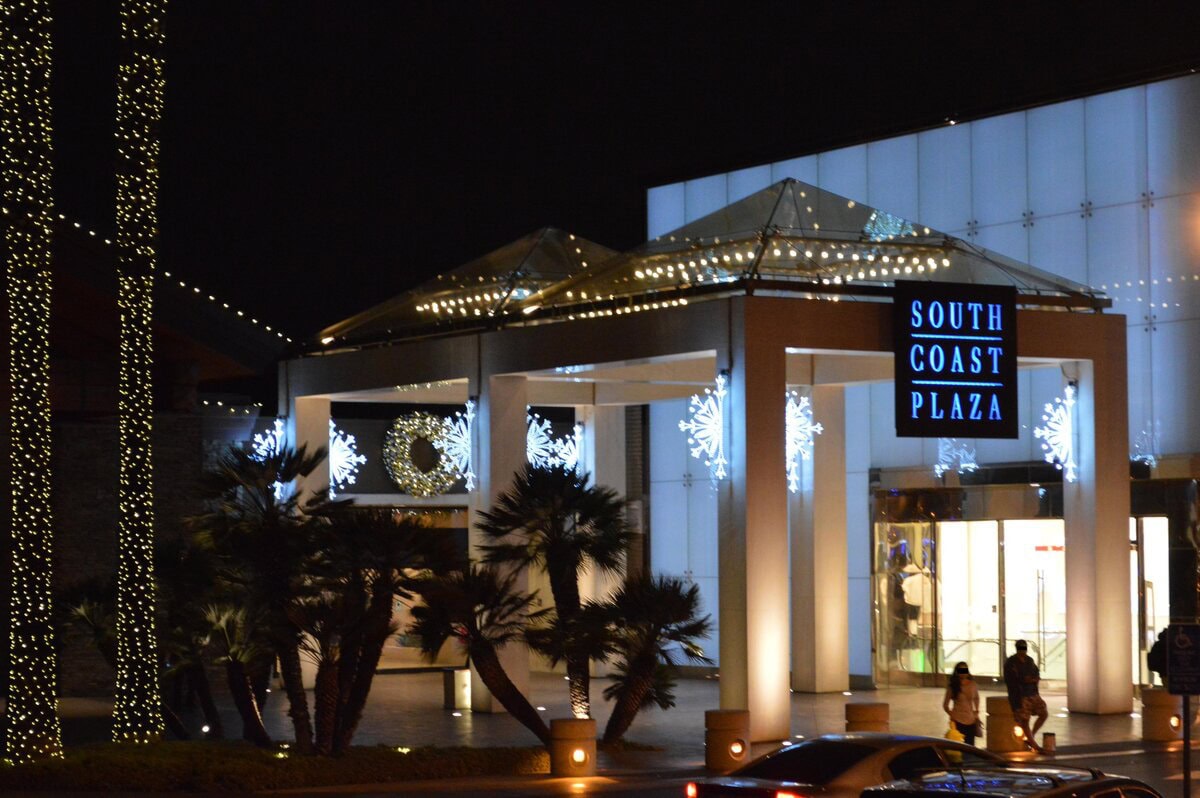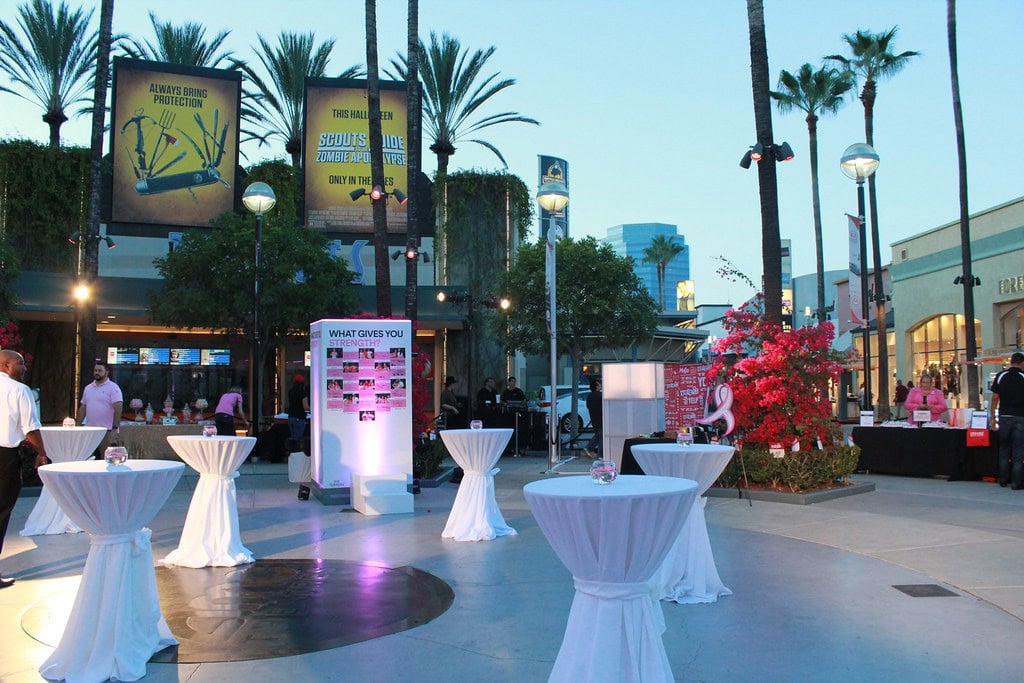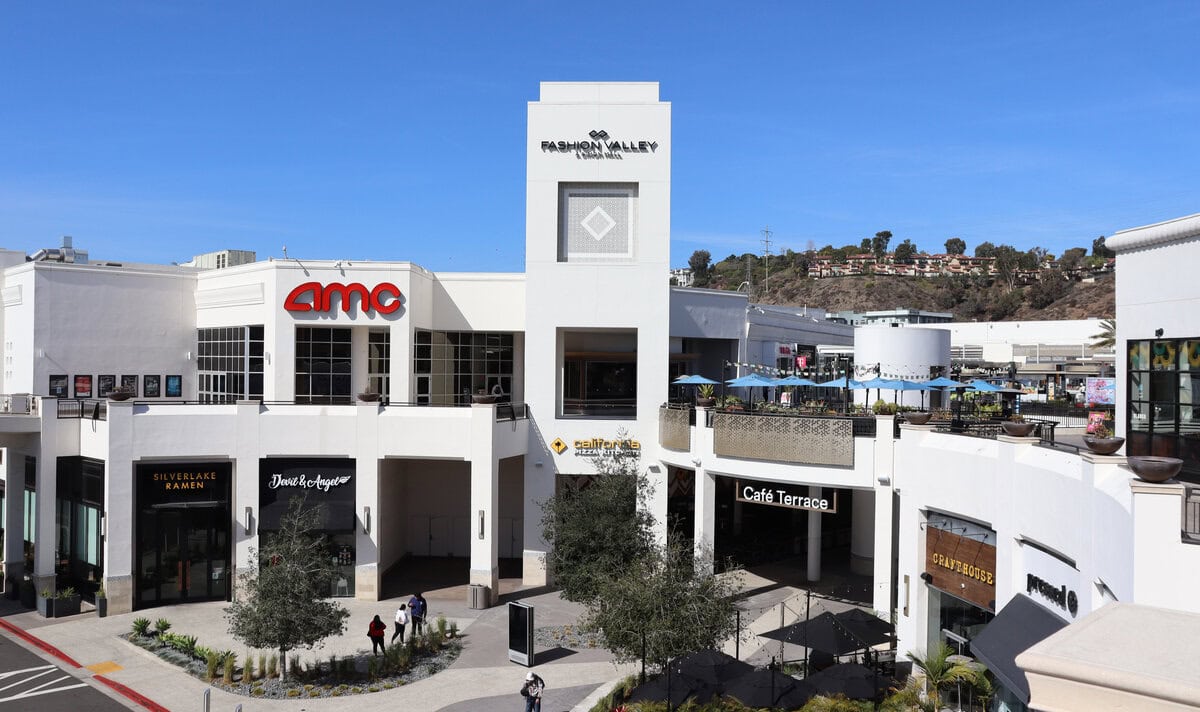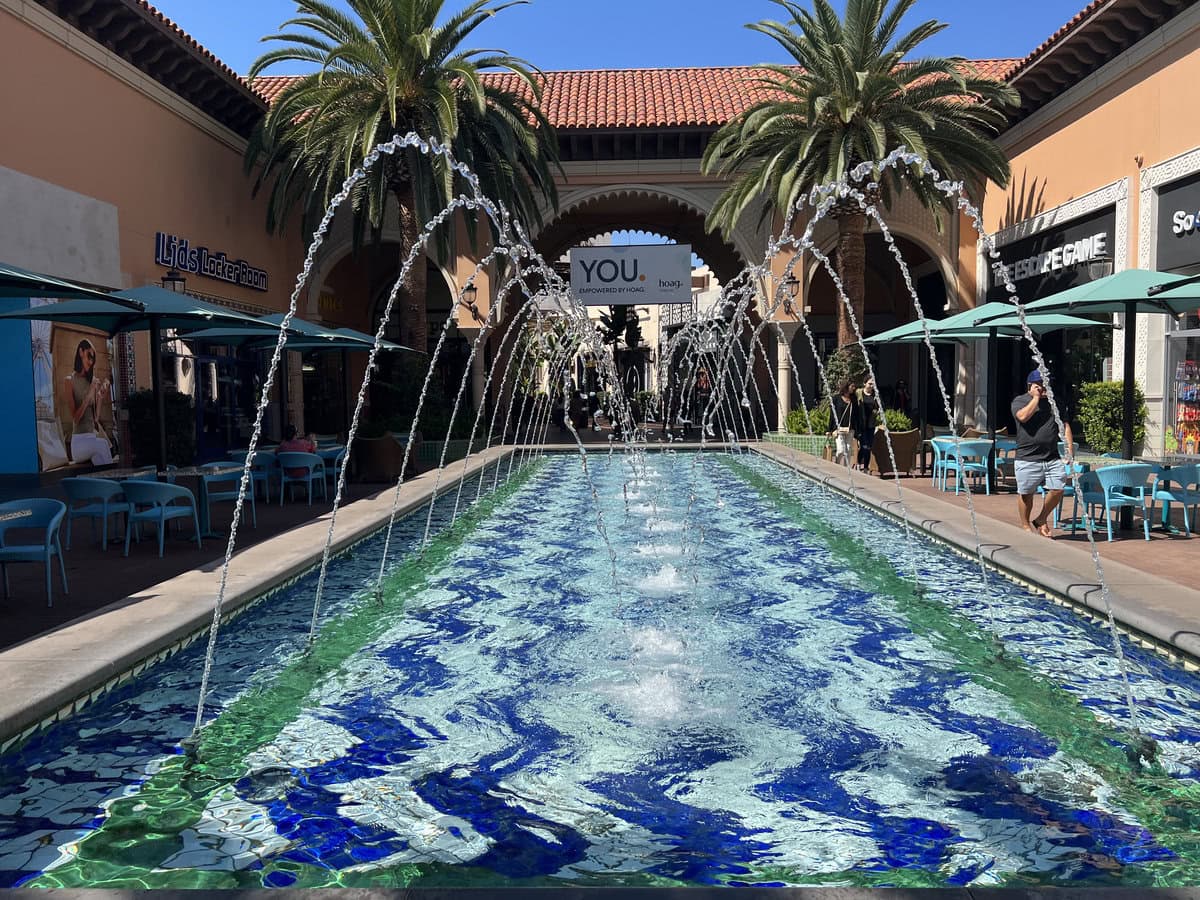The Shops at Mission Viejo - a bright idea born in dim halls
When The Shops at Mission Viejo first opened in October 1979, it did not have a name that promised a certain lifestyle.
Back then, it was just called the Mission Viejo Mall, built by the Edward J. DeBartolo Corporation for a new suburb that was quickly filling with houses, families, and new ideas about how far people should have to drive to buy a good pair of shoes.
The architect, Ladd & Kelsey, created about eight hundred thousand square feet of indoor shopping space built around four main stores: Bullock's, May Company, J.W. Robinson's, and Montgomery Ward.
A three-screen Edwards movie theater inside the mall was a popular spot for local dates.
The mall's early years had both the excitement and the problems you would expect from a 1970s shopping center. The excitement came from its large size and good timing.
Mission Viejo had almost fifty thousand people when the mall opened, and Orange County kept growing to the south.
The problems were just as expected. Because of the 1970s energy crisis, architects tried to save energy, so the mall opened with hallways that were very dark.
It was a place for shopping where you could hardly see what you were buying.
Even in the 1980s, when all four main stores were busy and the Edwards cinema was showing movies like Ladyhawke, the darkness made it seem like the designers just did not care.
Still, the mall became the main gathering place in South County. Families shopped, teenagers wandered, and the theater sign glowed softly above the shadows.
The building stayed the same throughout the 80s, not changed by new ideas or big plans. But stores do not stay successful if they never change.
Consolidations, closures, and other quiet upheavals
The 1990s started like many other times in retail, with stores joining together, changing names, and swapping places.
Robinson's and May Company joined to become Robinsons-May in 1993, so the mall had two stores with the same name.
Federated Department Stores changed Bullock's into Macy's in 1996, so by the middle of the 90s, the mall had Macy's, two Robinsons-May stores, and Montgomery Ward as its main stores.
Meanwhile, the Edwards movie theater stayed open, even as bigger movie theaters started to appear in the area.
The last movie played in August 1998, when the theater closed and the company moved across the street to the new Kaleidoscope complex, which had a 10-screen theater built to take over from the smaller ones.
The original mall, now almost twenty years old, looked old and worn out. Empty stores and dark hallways showed this.
The lighting, which was just a little dark in the 80s, was now something people often complained about in the 90s.
By then, other malls were bright, had lots of windows in the roof, and were almost too bright. Mission Viejo Mall felt like a place that needed to be improved.
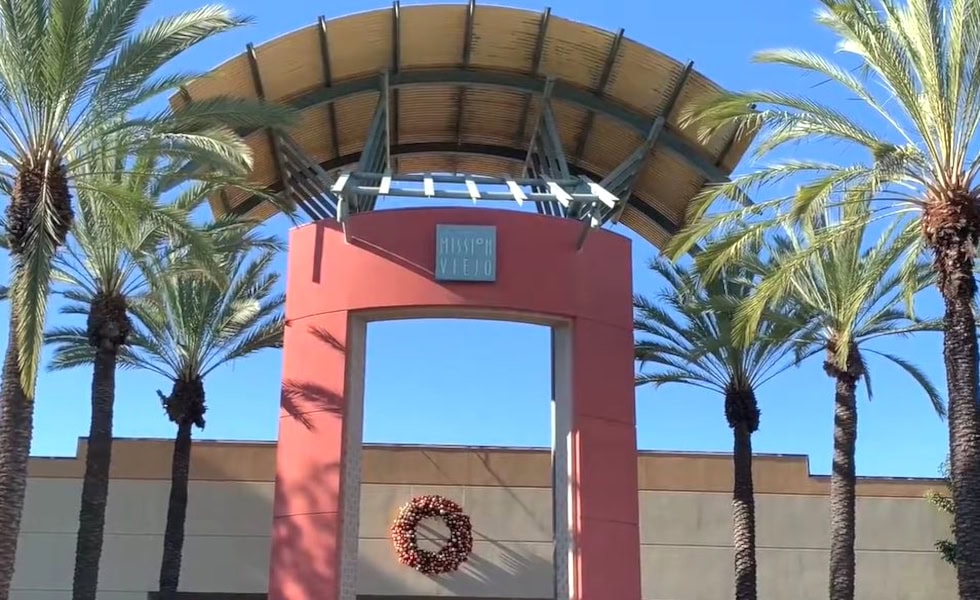
A 150 million dollar reinvention and the arrival of the high-end
In 1998, the mall's owners, now working together as the Simon DeBartolo Group, announced big changes that would bring both mess and hope.
Construction started that June on a 150 million dollar renovation and expansion, a huge project that turned the dark shopping hallways into something much brighter, more like what people in Orange County expect.
They added sixty-two skylights, filling the inside with real sunlight. The old orange and brown tiles were replaced with marble and limestone.
The project did more than just add light. It changed the mall's whole image. When the renovation finished in 1999, Mission Viejo Mall was gone.
In its place was The Shops at Mission Viejo, a name that made it sound like you could do more than just buy socks.
The new center grew to 1.2 million square feet and brought in two stores that people in South County had wanted for a long time: Nordstrom and Saks Fifth Avenue.
Nordstrom took over from Montgomery Ward and seemed to know exactly what local shoppers wanted. Saks, which opened in November 1999, gave Orange County another location to match the one in Costa Mesa.
On reopening day, retired anchor Jess Marlow cut the ribbon while the mayor said that people would not need to shop anywhere else.
With every space rented out and stores from Armani Exchange and Fendi to Pottery Barn and P.F. Chang's, this claim made sense.
The Shops at Mission Viejo had become a fancy indoor getaway in a place where people like to stay comfortable inside.
Reconfigurations, remodels, and the age of the double Macy's
The early 2000s brought more department store changes. Macy's expanded in 2000, and Robinsons-May moved into the old May Company building. The former Robinson's location became a food court.
In 2006, when Federated acquired the May Company stores, the larger Robinsons-May became a second Macy's focused on women's and home items, while the original Macy's specialized in men's, kids', and furniture.
As these changes happened, The Shops at Mission Viejo became a place for people who wanted a nicer shopping experience. In 2012, the building got another update.
The inside was made more modern again with a new dining area, new escalators, brighter open spaces, new floors and walls, and a clean look meant to feel modern instead of old-fashioned like it did in 1999.
Meanwhile, brands rotated in and out. One of the mall's biggest highlights was the second Microsoft Store, which opened in 2009 to crowds of about a thousand.
It was clean, bright, and clearly inspired by a tech competitor. Saks Fifth Avenue closed in 2010. Forever 21 replaced it until its 2019 bankruptcy. By then, the mall went with the flow instead of resisting change.
New fitness, new food, and the slow drift of American retail
By the mid-2010s, the mall began adding stores that fit suburban life. Madewell brought in relaxed denim, The Melt offered creative grilled cheese sandwiches, and Full Psycle made indoor cycling more appealing.
A Pea in the Pod, Soma, and Islands Fine Burgers each filled a different need for shoppers traveling between Los Angeles and San Diego.
Overall, the mall kept up with people looking for fun yoga classes, classic burgers, and comfortable, stylish clothes. Families were folded into the equation soon enough.
In 2018, a new kids' play area opened, the sort of feature that never transforms a property but does safeguard the sanity of parents who made the tactical error of shopping with toddlers.
It was a gesture toward domestic reality, and it worked as well as anything could in that department.
Retail was shifting all the while. Forever 21 shut its doors in 2019, clearing out a space that had already lived one previous life as Saks.
The mall filled the vacancy with Dick's Sporting Goods, which opened a 98 thousand square foot store in June 2021.
The logic was straightforward: athletic gear seldom goes out of style in the suburbs, and Dick's had been looking for a larger home.
It was a practical swap, the kind of move that keeps a mall upright while the rest of the industry keeps rewriting the rules.
Arcades, open-air dreams, and the road to 2026
With Round1 opening in 2024, The Shops at Mission Viejo brought back some of the fun it lost when the old Edwards cinema closed.
Round1 added more than two hundred arcade games, plus karaoke, pool, darts, ping pong, and VR. It brought in the kind of entertainment that indoor malls now need to stay popular.
By 2024, The Shops at Mission Viejo maintained roughly one hundred sixty stores and a solid roster of anchors: two Macy's locations, Nordstrom, Dick's Sporting Goods, and the new Round1.
Then came a familiar California idea: wanting to turn an indoor place into one that is open to the sky.
Simon Property Group, which owns 51 percent of the mall, started building in September 2025 on a fifty-million-dollar expansion designed as an open-air village.
Fifty thousand square feet of new restaurants and stores will be added to the northeast side of the mall, a nod to Orange County's favorite activity, which is sitting outside and talking about the nice weather.
Two-storey Arhaus will join the list of stores, along with Uniqlo, FP Movement, Baseballism, North Italia, Marlin Bar, and Pacific Catch.
Williams Sonoma and Pottery Barn are being redesigned to reopen in early 2026. The whole expansion is planned to finish before the 2026 holiday season.
Green spaces, terraces, outdoor shops, and places for people to gather will reflect the Southern California idea that even shopping should include sunshine.

